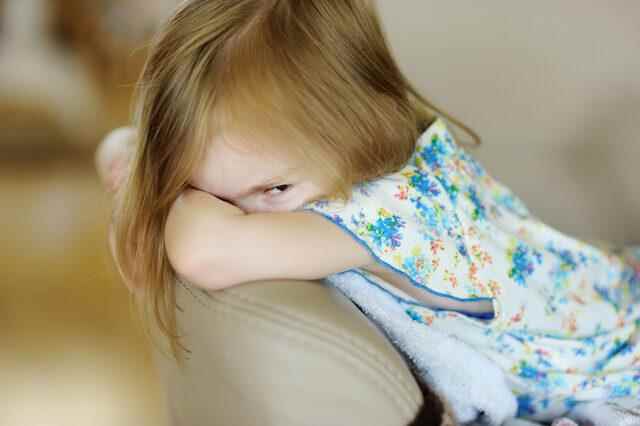During this period, children who want to prove their personalities may display stubborn and aggressive attitudes and conflict with their parents. Although the ‘2-year-old syndrome’, which starts developmentally at 18 months and continues up to 36 months, is seen in every child, it does not progress with the same severity. The reason for this is that every child is different in temperament, as well as their parents’ different attitudes.
5 EFFECTIVE RECOMMENDATIONS AGAINST 2 AGE SYNDROME!
Acıbadem Dr. Şinasi Can (Kadıköy) Hospital Specialist Clinical Psychologist Mine Şahbaz stated that the ‘2-year-old syndrome’ in children is an important process that should be carefully managed by the parents, and said, “This process, which we hear as the syndrome, is actually a reflection of the transition from infancy to childhood and is a part of a very healthy development with the effort of autonomy.
We can also describe the ‘2 year old syndrome’ as the first individuation process before puberty. It is not possible to separate from parents and become individualized without objecting to them. Behavioral reactions of the parents, not the crying, anger or stubbornness of the child, can make the process more challenging. This process in children should not be turned into a competition and power struggle. Otherwise, the child’s individualization process may be interrupted and the child may try to stay in a babyish position in order not to lose the love of their parents. says.
DO NOT INTERRUPT OUTSIDE ANGRY
In the ‘2 year old syndrome’ in children, it is very important to make room for crying crises and outbursts of anger, in other words, to allow them to reflect their intense emotions (with crying and bodily reactions) and not to interrupt these feelings. Because the emotions that cannot be projected out do not disappear, on the contrary, they find a way of expression through the body psychosomatically because they are suppressed. When you experience these feelings, it will be healthy for you to wait next to him until he calms down, to hug him if it feels good, to accompany his process with a soft tone like ‘hmm hm’, just like you did in infancy, and to wait silently if he does not want any of them.

DO NOT SEND IT TO HIS ROOM
Specialist Clinical Psychologist Mine Şahbaz, who warns, “Being offended, sending the child to the room and shouting at the crying crisis are the reactions we do not want to happen,” explains the reason for this as follows: “Forcing the child to calm down by isolating him can cause an individual to feel insecure and unable to ask for help in difficult times. Therefore, it will be important in this sense that you stay with him until he calms down.”

IF HE RESISTS, GIVE OPTIONS
In this period, it is very important that you can catch the emotion behind your child’s reactions. Specialist Clinical Psychologist Mine Şahbaz states that the 2-year-old period is a period when children’s perception of boundaries begins to form, and continues: “As parents, you should neither be too free nor be too rigid. Giving your child options and making them feel like they are making the decision will benefit their personality development. In addition, if it is a situation where no option can be offered, it will be enough to accompany the disappointment experienced. Your child may object to what he eats or may not want to wear the pajamas you chose. At such moments, you need to take a step back to its limits and open up space. You can offer food a few hours later by saying, ‘You don’t want to eat this now, I misunderstood’. You can offer him the option to wear something reasonable instead of the pajamas he doesn’t want to wear.”

DON’T SAY “You’re making me sad, you hurt me”!
If your child has hitting behavior, never use sentences such as ‘you hurt me’, ‘look you make me sad’. Because, pointing out that such statements will cause an increase in the feeling of guilt in the child, Specialist Clinical Psychologist Mine Şahbaz said, “The accused child will also tend to continue this behavior cycle. On the contrary, when your child hits you, you should stop and remind them not to do this to you with the sentences ‘you can’t hit me, we can’t hit each other’. The fact that you face his negative reactions without breaking down and without making him feel guilty will greatly contribute to this process in a healthier way. You can then give directions such as ‘You can hit the pillow, not the ball, not me’. After the crisis, you can tell your child that he is angry with you and that’s why he behaves like this, that you see this, but that the solution should not be by hitting. gives the information.
PLAY TOGETHER
Increasing sensory games and toys in your home will make it easier for your child to calm down. Creating a space where he can discharge the compelling emotions coming from the body such as dough, water games, soft balls and sound musical instruments will enable him to release the stress he experiences during the day through toys. By playing physically active games with your child at home, you can make him/her more open to cooperation.
